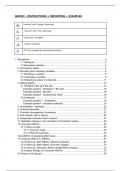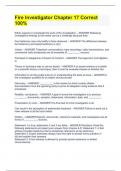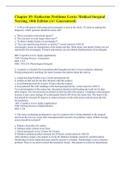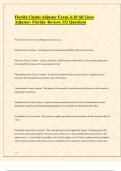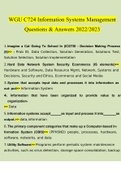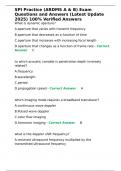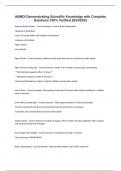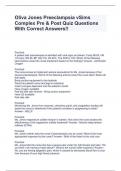Samenvatting
Summary JAMOVI for all tests (explanation + examples) | Premaster |Tilburg University | Endterm
- Instelling
- Tilburg University (UVT)
How to use Jamovi for all your tests and examples for the endterm of Statistics. My lifesaver during the exam haha (since you can bring this on your USB-stick)
[Meer zien]
